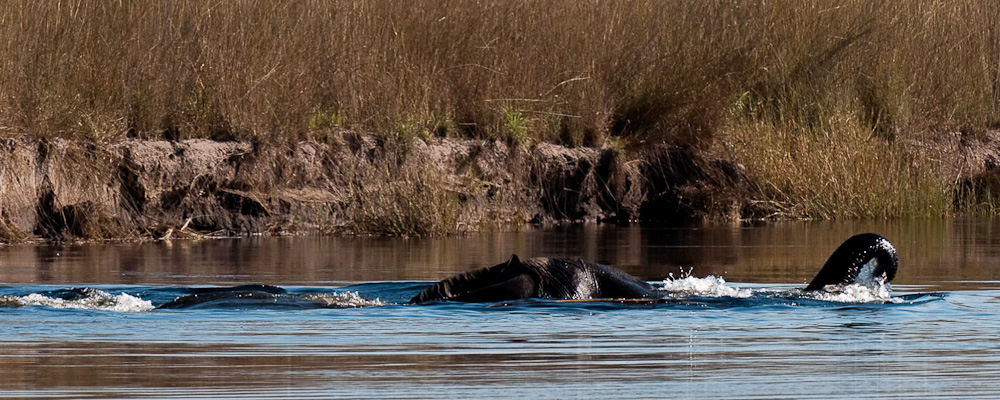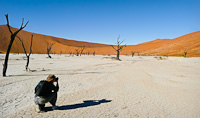42
African safaris are always special, but now and then one finds one that is not only different, but makes a difference. The opportunity to track the critically endangered black rhino with Save the Rhino Trust, Namibia (SRT), is a safari in a category all on its own.
SRT is a NGO founded in response to the large scale poaching of rhino and other species of wildlife. Comprised of a group of local people and conservationists concerned about the destruction of their country's wildlife, they began a collaborative effort to protect the remaining desert-adapted black rhino and encourage its recovery. The Kunene region is home to the largest concentration of black rhino on earth to survive on land that has no formal conservation status. One third of the worlds black rhino are found in Namibia - a testament to the collaboration between the Namibia Ministry of Environment and Tourism, SRT and the local tourism industry.
Based at Wilderness Safaris' luxurious Desert Rhino Camp you get the opportunity to track black rhino on foot and hopefully not get too close. An experience never to be forgotten! While enjoying an early breakfast, the tracking team of Save the Rhino Trust set out to hopefully locate these impressive, solitary animals. Keeping in contact with them by radio, following them by Land Rover takes you through the stark landscape of red rocks, spotted with the toxic Euphorbia damarana which comprises a large part of the black rhino's diet. It can be hot, really hot, and spotting 'wet poop', as out guide Clement put it, a real relief.
From there it's on foot over those same red rocks, as quietly as the terrain allows, stalking these skittish animals, but the thrill of seeing these magnificent, almost prehistoric-looking animals, makes it all worth while. All the excitement is followed by lunch at a nearby spring, during which the trackers complete their logs and talk about the work of the trust.
For those who want a more interactive experience than the standard OESODES (observe-eat-siesta-observe-drink-eat-sleep) safari, this is an experience I highly recommend! I would though, suggest starting your safari in an area of higher wildlife density and visiting Desert Rhino Camp later in your itinerary.
Tags:
Trackbacks
Listed below are links to blogs that reference this entry:
safari with a difference
. TrackBack URL for this entry:
http://olwenevans.com/darkroom/mt/mt-tb.cgi/41
Comments


